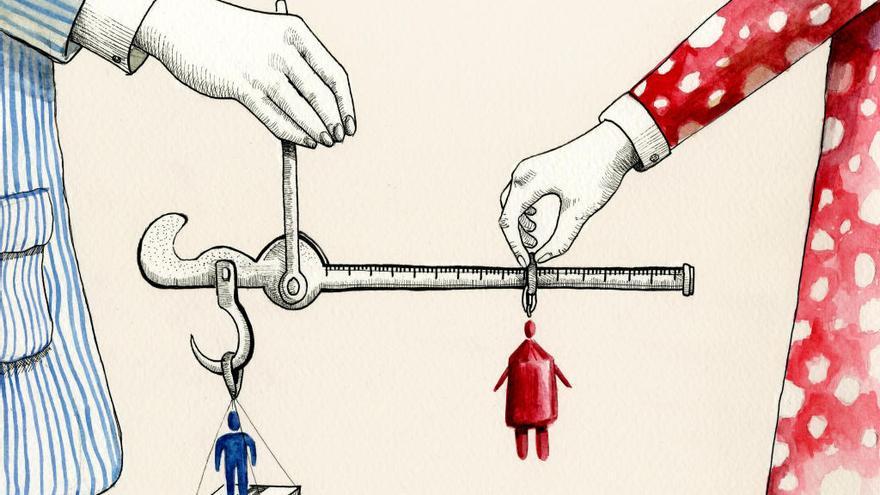5/2/2022 Week 5: Response to "Cultural Miscommunication"
Response to "Cultural Miscommunication"
This time we are going to talk about Cultural Miscommunication and Misunderstandings. We know that we can communicate with others written, verbally, or with bodily gestures. In our culture, we know what is right or wrong, what to say and what not, what movements do and what don't. But everything we do to communicate with others does not mean the same in other places, even if it is in your native country. Can you imagine how this can change in other countries?
If we do not communicate properly, we can have many problems because of misunderstandings, from critical comments to cause a war. Well, this last one can pass only in a diplomatic field. Therefore, it is important not only to try to learn the language of the country we want to visit or get to know but also its culture, to have better communication with others and avoid misunderstandings.
If you are a teacher or future teacher, more reason we must know more about our students' culture so as not to do anything that could be a misunderstanding and could offend them or their family.
Professor Iver shared some cultural misunderstandings, and here are some examples.
"They're not so good"
When Japanese receives compliments about their or a member of their family, they are negative and show humility. For example, if a child plays the piano and he or she does it well, and people say good comments, they say, They're not that good".
This is very different in another country, for example, in The United States, the American people always welcome compliments and make them or a family member proud of them by saying, "Thank you, thank you he or she is so good".
Professor Iver explains that these things are difficult for the Japanese because they have a group-oriented culture and don't want to be above others. For them, it is not important to climb to the top like other people who have an individualistically oriented culture. Japanese have a saying, "The nail that sticks out is hammered down" this proverb best explains their group identity.
"Smile"
Another misunderstanding that Professor Ivers explains is when people smile. We know that most people are custom to smile when we are happy, but when people smile in Asia is because they are embarrassed or confused.
Yes or No???
We can say yes by nodding our heads up and down because this is our affirmative way of saying that something is okay. And to say that something is wrong we shake our heads from side to side.
But in Bulgaria, it is very different how they say yes and no. They do the opposite, they nod to say no and shake to say yes. How difficult right?
Mexico
Here in Mexico, we have many things that people of other countries don't understand why we do it. For example:
1)When someone has hiccups, especially children, we take a red thread and wet it with saliva and then put it on the person's forehead. This is weird for people because they say they only need to drink some water.
2)Most people when invite you to eat at their house and you finish your meal, invite you a second or third time until you are satisfied, but if you leave food and they invite you a second time and you do not accept, they feel that you do not like their food. So, you must eat everything they serve and leave your plate clean so that if they invite you a second time and you don't accept, that's enough to make them feel that you liked their food but that you are satisfied.
3)Most Mexican people, not all, like to be closer to others and this sometimes makes others countries' people feel uncomfortable. They need their space. Most people in when we meet or see someone, greet with a handshake and pull them to give a kiss and a hug. Nowadays it is difficult for us for the pandemic but this was what we used to do. People of other countries only kiss their family and when we do this, they feel uncomfortable because we invade their personal space.
4) In some regions of our country, people like to eat Pre-Hispanic food such as insects (grasshoppers, ants, worms) or typical Mexican food, sopes, migadas, bocoles, tostadas, tacos (all they made with corn), mondongo (cow stomach), rellena (animal blood). In other countries, this is uneaten because they say that the animals only eat corn, not humans, and the other to the trash.
5) Most people in Mexico have a problem with time (punctuality) you need to invite a Mexican an hour before your meeting or party to start on time.
These and more are the things you need to know if you meet a Mexican or if you think to visit before Mexico.
- What other misunderstandings do you know about Mexico or other countries that are different in your country?
Leave your comments.
1) Image https://us.123rf.com/450wm/yayayoy/yayayoy1807/yayayoy180700005/106275795-emoticon-confundido-con-signos-de-interrogaci%C3%B3n-y-exclamaci%C3%B3n-en-bocadillo.jpg?ver=6
2) Image https://i.ytimg.com/vi/cGDUV-be2Ek/maxresdefault.jpg
4)gift https://c.tenor.com/KLHYQ3sIJXIAAAAM/hi-oh.gif
5)Image https://mx.toluna.com//dpolls_images/2018/03/21/7c0e3850-748b-4968-9064-e6185583c229.jpg
6)Image https://i.blogs.es/2f2143/650_1000_492860519/1366_2000.jpg
7)Image https://www.ayayay.tv/wp-content/uploads/2016/10/portada-abrazo.jpg
8) Image http://recetasdeinsectos.es/wp-content/uploads/2019/01/Tacos-de-gusanos-de-maguey.jpg
9)Image https://www.victig.com/wp-content/uploads/2017/06/shutterstock_178356740.jpg
10) Image https://headbng.com/wp-content/uploads/2017/08/familia-mexicana.jpg











No comments:
Post a Comment